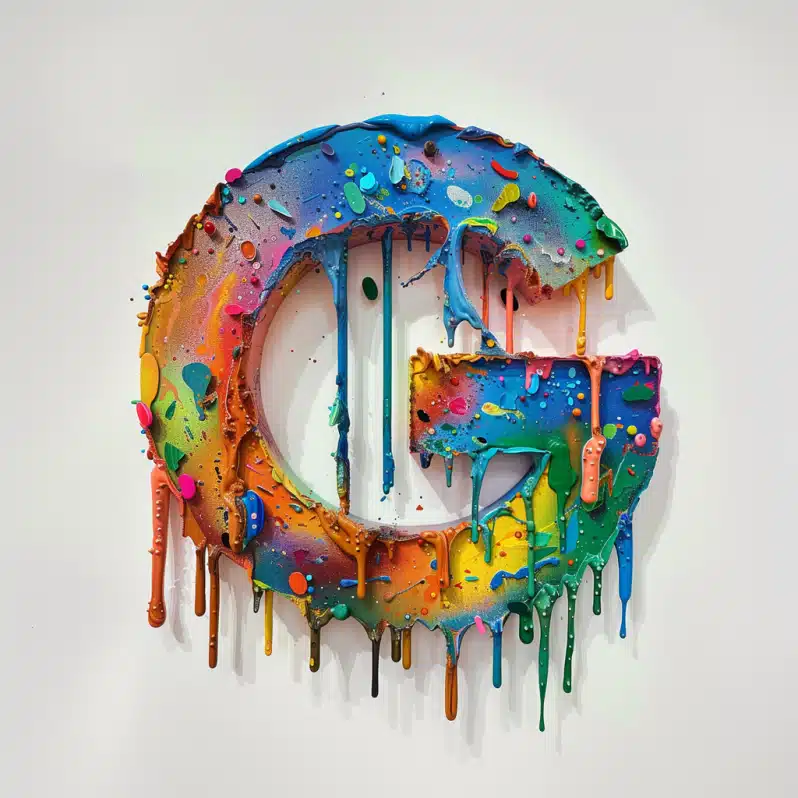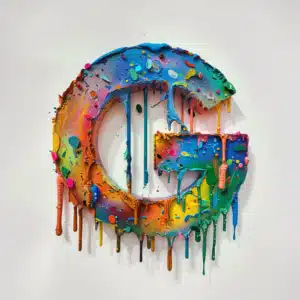Key SEO Learnings from the Google Leak – TLDR of Rand Fishkin’s Post
June 3, 2024


Here are the primary, human created takeaways from the Google SEO Docs Leak, all based on this post by Rand Fishkin.
I, Jonathan, did summarization, reordering, edits, the top 3 ranking, and additions (mostly what’s in parens) of my own.
Top 3 Takeaways
- Navboost, i.e. Google Chrome clickstream data is more important than previously thought. So encourage people to click through to the website instead of providing zero click content. I.e. instead of providing an answer in a social post, post a link to the answer on your website. Also, PPC could potentially impact SEO signals and improve organic rank, as some people have seen organic boosts after launching a PPC campaign, although this is unproven.
- Mentions = links: The, word or phrase that associates with an entity like, like my name, “Rand Fishkin” or my company’s name, “SparkToro.” And then those mentions as they are made across the web could influence search rankings similar to the way that links do. Mentions equals links? (This is big. And you’re welcome Rand, there are many mentions of you in this post. 🙂 )
- One big, well known source of links is better than many smaller sets of links or mentions: Hire one experienced author who has lots of citations, and their their entity is strong in Google’s index instead of multiple authors. For podcasts and PR type links, it looks like Google actually is using the Chrome click stream data to devalue links and potentially entity mentions from pages and sites that don’t get much traffic. So I should probably focus more of my attention and energy on those big sources and fewer on doing lots of little ones.
Other Important Learnings
- Google quality rater feedback is called by the API so it’s being used. (Focus on quality!)
- Toxic backlinks exist. (Avoid them. Beware that they could be used against you.)
- Google might be limiting the number of sites of a particular type that appear in the results. And so it’s quite possible that Google would say, “Oh, only this many blogs can appear in the results. Only this many small personal sites could appear. Only this many commercial sites could appear. Only this many, local sites could appear.”
- Page titles have site wide implications. There’s a title match score for the site, not just the individual pages. So a lot of things that we thought, I think SEOs thought historically, certainly I did when I was in the industry, were page specific, are actually site wide signals.
- Create demand for video or images by producing videos and images – this could bias the search results in a direction that that I want.
- The value of outlinking. I was really surprised to see that outlinking is exclusively connected to spam score in the documents and nothing else. Nothing in the site quality. I thought out linking could be a very positive signal. Apparently, in these docs, it looks like it’s only a negative. (Oh no, I outlinked to Rand’s post, but had to to give credit, oh well.)
- Page title matching, surprisingly important factor. I kinda thought Google had given up on this and that, you know, if you were the reference resource for something and if lots of other pages pointed to you for a topic, you could rank with a more story like or more creative title. But that is not what we are seeing in these docs so far.
(Also, these docs are from a leak that doesn’t speak to AI, from what I know. So the search generative experience/Gemini AI generated results may throw this all out the window over time. But since the Google AI results are being reduced right now, this info still applies.)
Categories:
SEO
Quarterly Newsletter
Digital Marketing Executive Summary
A quarterly summary of the most useful articles
from across the digital marketing world.
from across the digital marketing world.
"*" indicates required fields